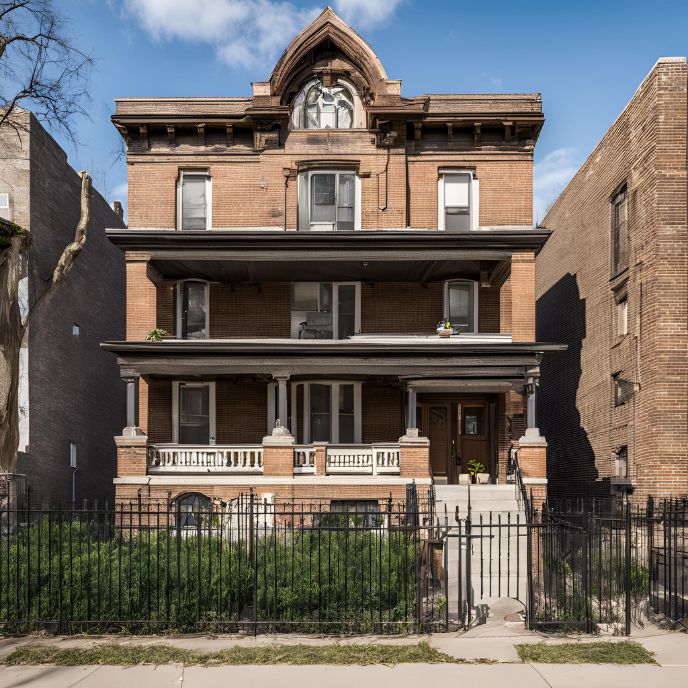Filing an eviction in Cook County, Illinois, involves specific legal steps and adherence to local court procedures, generally taking place at the Richard J. Daley Center or other regional courthouses depending on the property location. Here is a step-by-step guide based on reliable sources to help navigate the process.

How to File an Eviction in Cook County
1. Serve a Notice to the Tenant
Before filing, Illinois law requires that landlords serve an official eviction notice to the tenant. This notice could be a 5-day notice for unpaid rent or a 10-day notice for lease violations, among other types. Ensure that the notice includes essential details such as the issue (e.g., non-payment), any demands (e.g., rent amount), and a deadline for the tenant to correct the issue or vacate.
2. File the Eviction Complaint
Once the notice period has expired, landlords can file an eviction complaint with the Circuit Court of Cook County. The complaint should include:
- A copy of the eviction notice
- The lease or rental agreement (if applicable)
- A statement describing the issue and the relief sought (e.g., possession of the property, unpaid rent)
Landlords must file the complaint electronically via the Illinois e-filing system, and a filing fee will apply unless a fee waiver is requested due to financial hardship.
3. Serve Court Summons to the Tenant
After filing, serve the tenant with a summons, notifying them of the eviction case details and court appearance date. This can be arranged through the Cook County Sheriff’s Department or a special process server, with associated service fees. If service cannot be completed, the landlord may need to try additional attempts to serve the tenant.
4. Attend the Court Hearing
On the scheduled court date, landlords must present all evidence supporting the eviction, including the served notice, lease, and proof of any unpaid rent or damages. If the tenant does not appear, the landlord may win by default. For tenants in attendance, the judge may allow them to present defenses, such as disputes over the payment status or conditions of the property.
5. Obtain an Eviction Order
If the court rules in favor of the landlord, the judge issues an Eviction Order, often allowing the tenant a brief period (e.g., 14 days) to vacate. If the tenant does not leave by the specified date, the landlord can request enforcement of the order through the sheriff’s department to remove the tenant from the property.
6. Enforce the Eviction Order (if Necessary)
Should the tenant fail to move out by the court-specified date, the landlord can work with the sheriff’s department to carry out the physical eviction within 120 days of the order issuance. This action includes removing the tenant’s belongings if required.
Additional Tips
- Avoid Lockouts: Attempting to forcibly remove tenants or change locks without a court order can lead to legal penalties.
- Document Carefully: Retain copies of all notices, receipts, and records of rent payment or lease terms in case of tenant disputes.
- Check for Financial Assistance Options: Some cases may allow landlords to waive filing fees if they meet eligibility criteria for financial hardship.
For more details, resources like the Illinois Legal Aid Online and the Cook County Circuit Court website provide helpful information on the specific forms and requirements needed to complete the eviction process in compliance with local regulations Circuit Court of Cook County and Illinois Legal Aid Online
